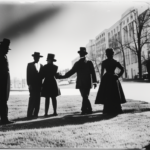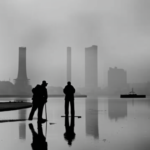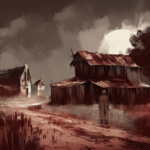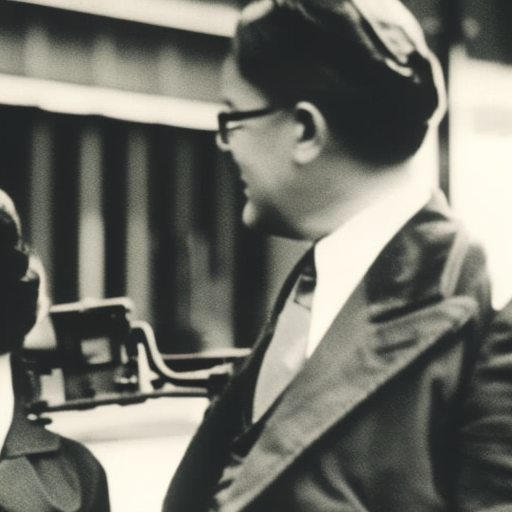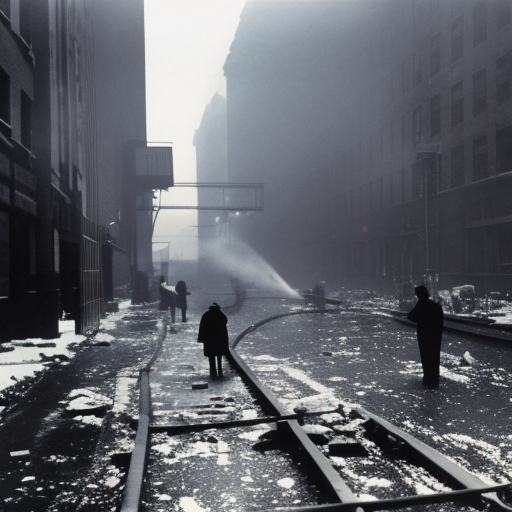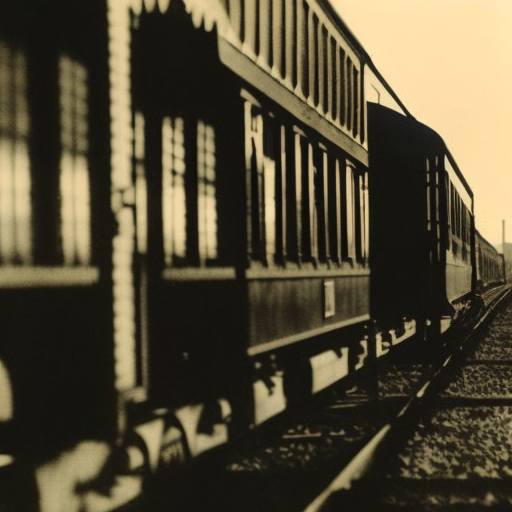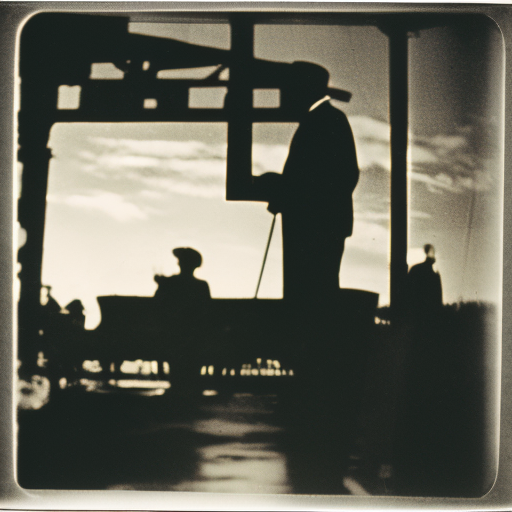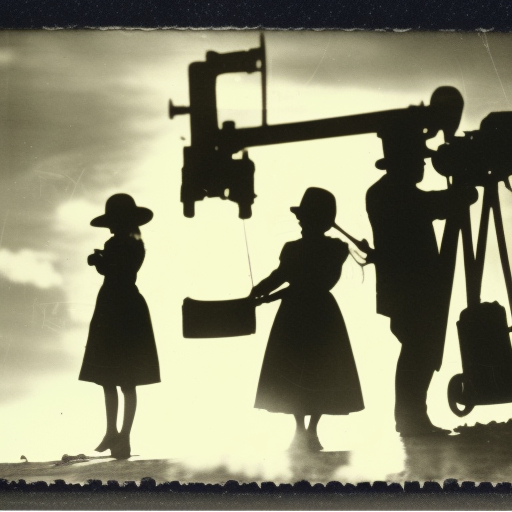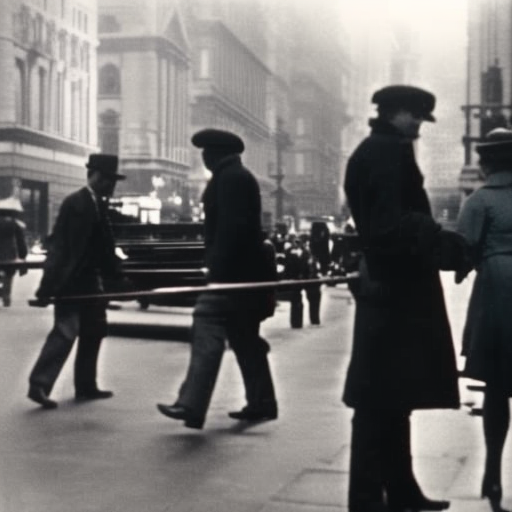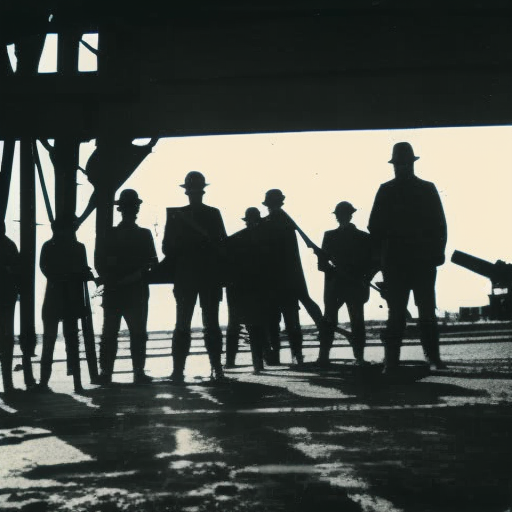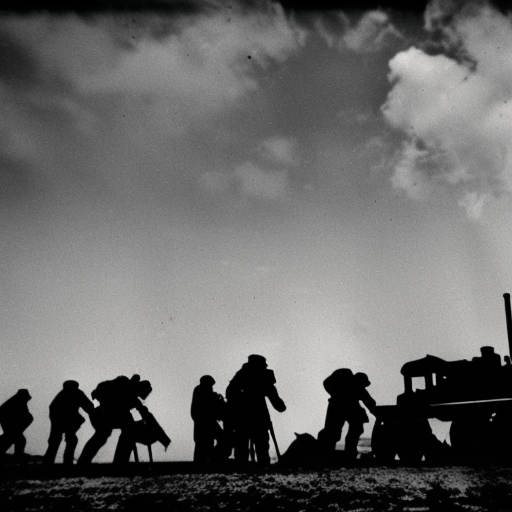The New Deal was a series of economic programs and reforms implemented by President Franklin D. Roosevelt to combat the Great Depression and promote recovery in the United States.
The Triangle Shirtwaist Factory Fire (1911) Explained
The Triangle Shirtwaist Factory Fire was a tragic industrial disaster in 1911 that resulted in the deaths of 146 garment workers and led to significant labor reforms.
The Pullman Strike (1894) Explained
The Pullman Strike was a nationwide railroad strike in 1894 that resulted in violent clashes between workers and the government, leading to significant labor reforms.
The Taft-Hartley Act (1947) Explained
The Taft-Hartley Act of 1947 was a significant labor law that restricted the power of labor unions and promoted employer rights.
The Wagner Act (1935) Explained
The Wagner Act of 1935 was a landmark labor law that protected workers’ rights to organize and bargain collectively.
The Haymarket Affair (1886) Explained
The Haymarket Affair was a labor protest turned violent in Chicago, resulting in the deaths of several people and the subsequent persecution of anarchist leaders.
On the Waterfront Summary
A former boxer turned longshoreman takes a stand against corruption and fights for justice on the New York City waterfront.
Steel strike of 1919 Explained
The Steel strike of 1919 was a major labor conflict in the United States that involved over 350,000 steelworkers demanding higher wages and improved working conditions.
1981 warning strike in Poland Explained
The 1981 warning strike in Poland marked a significant turning point in the country’s history, foreshadowing the eventual formation of the Solidarity movement and challenging the communist regime’s authority.

